1. Painting Over Everything Instead of Replacing or Refinishing
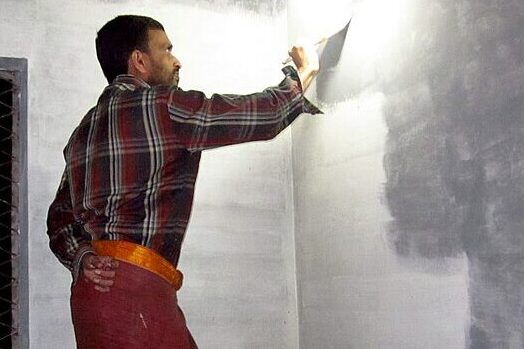
A fresh coat of paint can be a miracle worker, but painting over issues like cracked tiles, outdated countertops, or worn-out floors screams, “I can’t afford to fix this properly.” Paint doesn’t solve structural or functional problems—it just masks them. When used as a universal fix, it can feel like you’re trying to hide imperfections rather than address them. Visitors may notice the disconnect between the fresh color and the aging surfaces beneath.
This decision often backfires over time because the original problems eventually resurface. Peeling paint on floors or chipping cabinets just draws more attention to the shortcut. It’s better to refinish or resurface when possible, even in stages. Taking the time to repair rather than just disguise gives your space—and your finances—more credit.
2. Opting for Open Shelving to Avoid Buying Cabinets

Open shelving can look modern and airy, but if it’s used throughout the kitchen, it can signal a budget-driven decision. Cabinets are a big-ticket item, and skipping them entirely can hint that they were simply out of reach financially. While open shelves can be functional in small doses, too much of them makes a kitchen feel incomplete. The message becomes less about style and more about cutting corners.
This isn’t to say open shelving is bad design—it works well in Scandinavian and minimalist spaces. But when it’s clearly replacing what would traditionally be closed storage, it reads as unfinished. Plus, it adds pressure to maintain a “perfect” look at all times, which can become exhausting. A mix of cabinets and a couple of open shelves usually strikes a more intentional balance.
3. Installing Peel-and-Stick Backsplash in the Kitchen
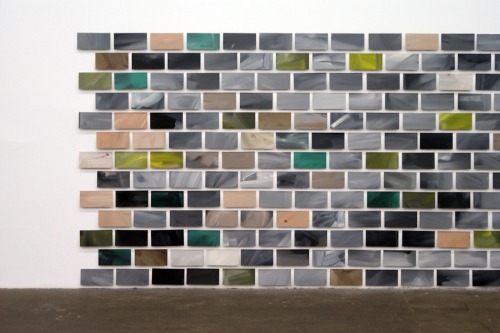
Peel-and-stick backsplash panels are marketed as an affordable, DIY-friendly upgrade—but they rarely hold up under scrutiny. They can look plasticky, bubble at the corners, or even fall off in humid environments like kitchens. What starts as a cost-saving tactic can quickly look like a hasty patch job. This signals that the real materials were out of budget.
These options can work well in rentals or temporary situations, but in a full renovation, they feel like a placeholder. Anyone with experience in remodeling will notice the shortcut instantly. A better approach might be to install a smaller amount of real tile, focusing on a focal wall or area. It’s about quality over quantity—real materials, used smartly, go further.
4. Choosing Ultra-Trendy Finishes Over Timeless Ones
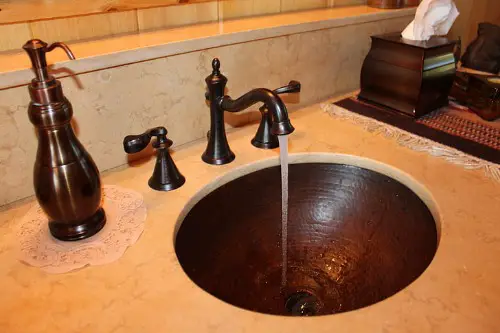
Going all-in on current trends—like gold fixtures, black faucets, or geometric tile—can be tempting because they’re often more affordable at big-box stores. But relying too heavily on trendy elements can make a space feel more like a fast-fashion outfit than a long-term home. It may suggest that the renovation was rushed or designed to impress rather than endure. That can read as insecurity around long-term investment.
Trends fade quickly, and replacing these items often isn’t cheap. Classic finishes may seem boring, but they hold their value and age more gracefully. A well-balanced mix shows confidence and long-term thinking. Going timeless says you’re not afraid to wait for quality instead of chasing quick gratification.
5. Downsizing Major Appliances Just to Save on Upfront Cost

Choosing smaller or off-brand appliances to save money can undercut the functionality of your space. A narrow fridge or compact range might be fine for a studio apartment, but in a renovated home, it can seem like a mismatch. This decision often comes from trying to stretch a tight budget across too many line items. Unfortunately, it can give the impression that the renovation was about appearances over performance.
Appliances are a long-term investment and often one of the first things guests notice. Opting for energy-efficient midrange models, even secondhand, can be a smarter route than buying undersized ones new. Plus, good appliances can add real value to your home. They reflect thoughtful prioritization, not just financial limits.
6. Using Builder-Grade Everything

It’s easy to default to builder-grade fixtures, lighting, and hardware because they’re budget-friendly and readily available. But when everything looks like it came from the same catalog, it flattens the personality of your home. People often interpret this as a lack of creativity or, worse, a lack of funds. It tells a story of playing it safe rather than taking ownership of the space.
Builder-grade basics are fine as a foundation, but layering in a few unique or upgraded elements shows care and confidence. Swap out one or two light fixtures, mix in some vintage hardware, or install a statement faucet. These little flourishes speak volumes. They show that you’re investing in more than just resale value—you’re investing in your home’s identity.
7. Skipping Baseboards or Trim for a “Minimalist” Look
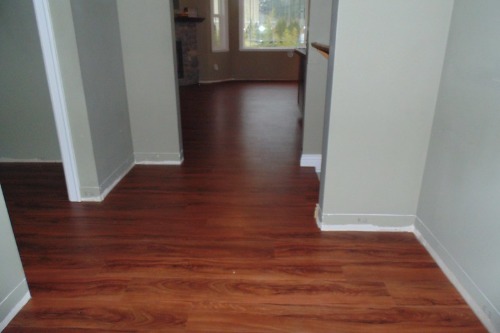
Minimalist design doesn’t mean skipping finishing details—it means editing them with intention. When baseboards, crown molding, or window casings are missing entirely, it often feels like the renovation wasn’t finished. While some high-end modern homes omit trim, they make up for it with precision craftsmanship and materials. Without that, the look reads more like a cost-cutting decision than a design one.
Trim work may seem small, but it frames every room and adds polish. Even basic MDF baseboards can elevate a space when installed well. Not having them can create awkward transitions between floors and walls. It leaves people wondering what else got left out to save money.
8. Installing Laminate That Looks Like Wood But Clearly Isn’t
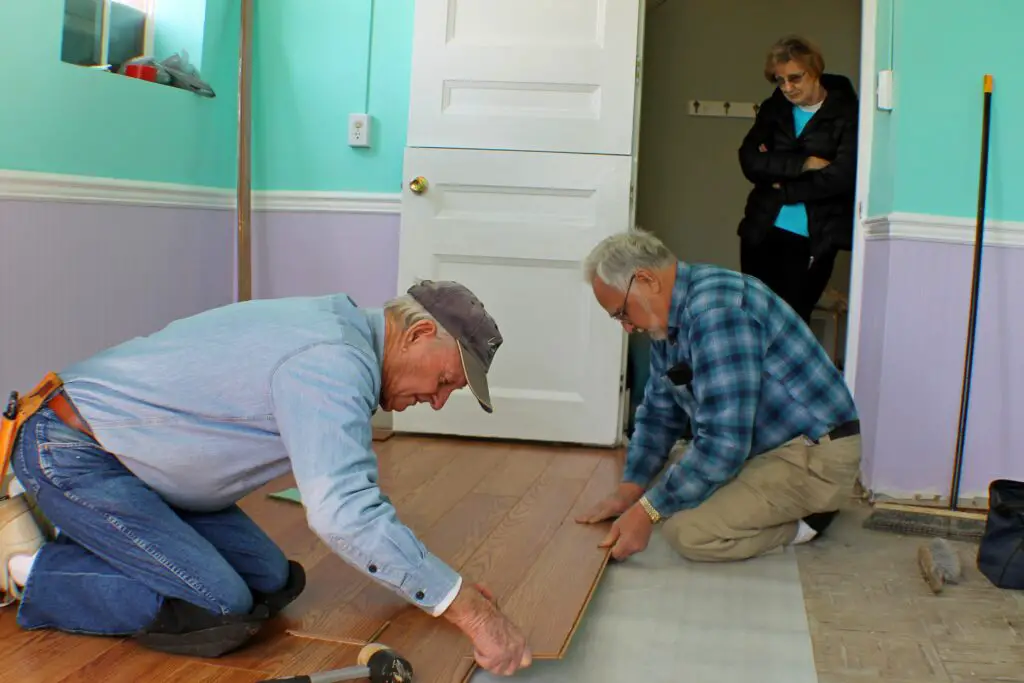
Laminate flooring has come a long way, but super shiny, unnaturally patterned versions still scream “budget option.” When the fake grain is too repetitive or the sheen is too reflective, it loses credibility. People might assume you couldn’t spring for engineered wood or LVP, even though there are affordable options in both. The floor is a huge visual element, so this decision doesn’t go unnoticed.
If real wood isn’t possible, higher-quality laminates with matte finishes and varied plank patterns offer a better look. Flooring is one area where skimping really shows over time—cheap materials wear quickly. You’ll end up replacing them sooner, which isn’t cost-effective in the long run. Spending just a bit more on better quality signals long-term thinking.
9. Avoiding Structural Work at All Costs
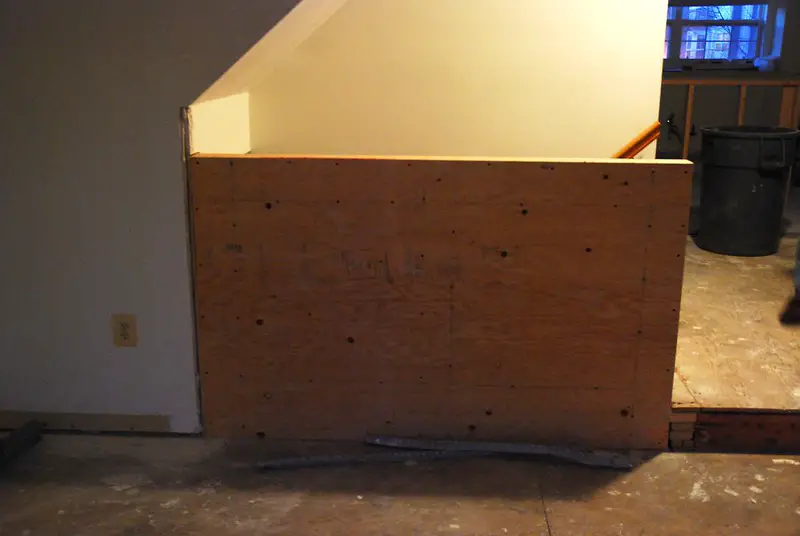
Keeping walls up just to dodge structural costs often limits the full potential of your renovation. People notice when a layout feels awkward or outdated, especially in kitchens and living areas. Avoiding necessary reconfiguration can come across as fear-based rather than thoughtful. It suggests the budget was too tight to do things right.
Sometimes taking out a non-load-bearing wall can make a massive impact at a modest cost. Prioritizing flow and functionality over surface-level upgrades shows better financial planning. Even if structural work is phased over time, making space for it in the budget is smart. It’s about fixing bones, not just putting on makeup.
10. DIY Tile Jobs That Show the Learning Curve
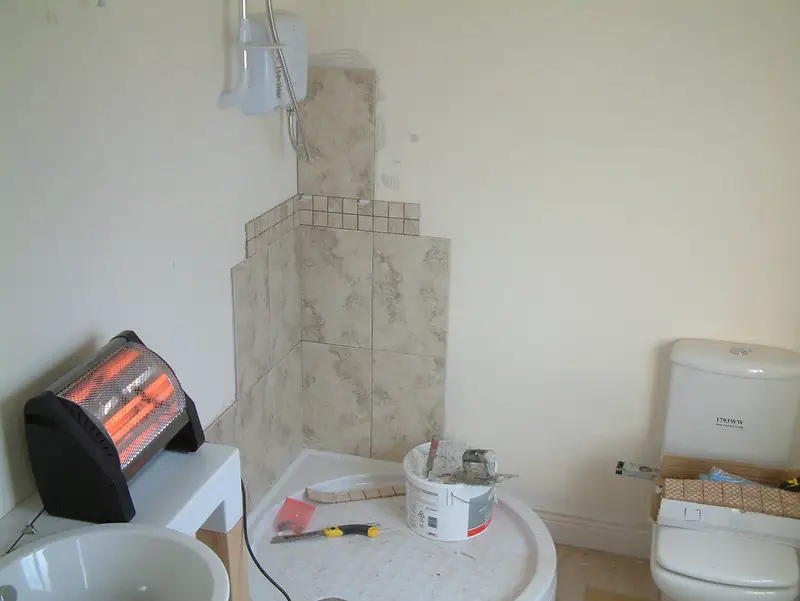
Tile work is one of those things that looks easy until you actually try it. Crooked lines, uneven grout, or poorly cut edges can make a bathroom or backsplash feel amateurish. When it’s clear the tiling was a first-time DIY attempt, it reads as a cost-saving decision rather than a passion project. That often translates to financial anxiety more than design bravery.
Professional tilers charge for a reason—it’s detailed, technical work. If you’re determined to DIY, start with a less prominent area or keep it simple with large-format tiles. Trying to mimic intricate patterns without the skill just makes the savings obvious. A well-done simple tile job always looks better than a messy attempt at something complex.
11. Using Curtain Panels as Closet Doors
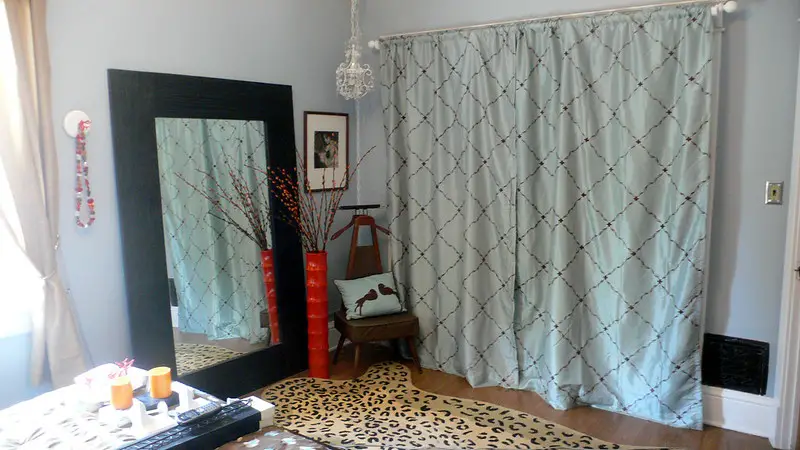
Curtains instead of actual closet doors might seem like a creative hack, but it can feel more like a dorm room than a home. This choice typically arises when sliders break or bifold doors are out of the budget. Unfortunately, the visual result tends to cheapen the whole room, even if the fabric is nice. It suggests that replacing the door just wasn’t financially possible.
Real doors, even secondhand or repainted ones, give a room structure and privacy. If noise or space is a concern, there are pocket or barn door solutions at various price points. Avoiding a permanent solution tells visitors you’re treading water rather than swimming. Closet doors aren’t exciting, but they quietly support the whole room’s design integrity.
12. Leaving Lighting Fixtures Unchanged “For Now”

If you do a full renovation and leave old light fixtures in place, people will notice—and draw conclusions. Lighting is often overlooked in the budget, but it has a huge impact on ambiance and perceived value. Holding onto outdated ceiling fans, builder-grade flush mounts, or fluorescent tubes sends a message that money ran out. It gives the space a before-and-after mashup feeling that’s hard to ignore.
Swapping even a few key fixtures for updated ones can drastically improve the space. You don’t have to go high-end—there are great finds at mid-tier retailers and secondhand shops. Prioritizing areas like the kitchen, dining, and entry makes the biggest impression. Thoughtful lighting choices show you finished strong, not just affordably.
This post 12 Renovation Decisions That Accidentally Broadcast Your Financial Fears was first published on Greenhouse Black.
